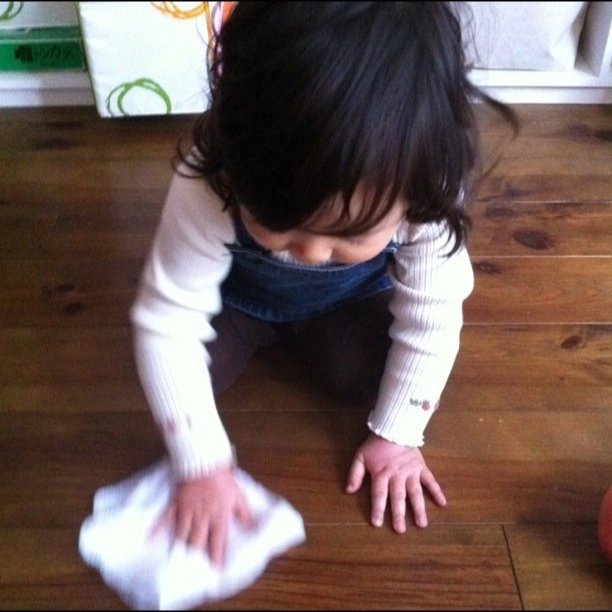Jul 10, 2019
Dealing with Humidity and Mold in Japan
Japan is a big place, but a large part of Japan sits with the “humid subtropical climate” zone, characterized by hot, humid summers and mild winters. These long hot and humid summers can be difficult to get used to for someone from a more temperate climate, and create concerns that some people may be unaware of; for example, mold.
For mold to flourish, it needs
- Food – anything organic, so pretty much everything
- A fungal spore – these are almost impossible to keep out of your home
- Moisture – Summers in Japan feature humidity levels routinely over 70%
- Warm temperature – Summers in Japan feature heat, and lots of it
All of these things are present in Japan in the summer, and as a result, special attention needs to be paid to preventing mold growth in the home. Mold growth in the home can lead to a variety of health problems, and mitigating mold issues is most importantly reducing moisture levels that encourage growth.
Common practices for reducing the threat of mold
- Fans – Run a fan or fans, especially in highly moist areas like the kitchen or bath, but throughout the house. You should also occasionally point them into your closets.
- Dehumidifiers – Mold grows best in between 50%-65% humidity. Keep your house below this with a dehumidifier. You can get a machine or a variety of disposable chemical dehumidifiers. Many air conditioners offer a “dry setting.”
- Open windows – Ventilating shower, laundry, and cooking areas will, besides letting the air circulate, lower the difference in temperatures between inside and outside, preventing condensation. Open other windows during the day, especially when it’s hot and humidity is usually the lowest outside will keep the humidity down. Make sure to close your windows when it rains though.
- Seek out and fix water leaks – Leaky roofs or walls, leaking pipes, taps or showerheads create the potential for large amounts of mold, and should be fixed immediately.
- Spray cold water after hot showers/baths to reduce surface temperature and condensation. If possible, wipe down the room with a squeegee or a sponge designed to remove mold. Using an “after shower” cleaning spray will also help
Cleaning Mold in your Home
First and foremost, be careful when dealing with mold. For health reasons, you should take reasonable precautions to limit your exposure to spores and molds. Ideally, you should:
- Avoid breathing in mold or mold spores by wearing a face mask, or N-95 respirator
- Wear long kitchen gloves that extend up the arm past your wrist
- Wear goggles (without ventilation holes)
We recommend cleaning areas with mold as quickly as possible with either water and a mild detergent, or a disinfectant spray. If using water and a mild detergent, vigorously scrub mold off after applying soap and water. If using the spray, apply a generous amount and leave it for an hour or two, then scrub to clean the area.
After ensuring you have fully removed the mold, or it will immediately return, ventilate the area with a bath fan if available, ensuring you close the doors and windows (if there are any) to seal off the room to help it dry more quickly. If there is no bath fan, or once the area is dry, open the doors and windows to ventilate, and consider placing a fan.
Image by おそうじ” (CC BY-NC-ND 2.0) by ahaseg


About the author